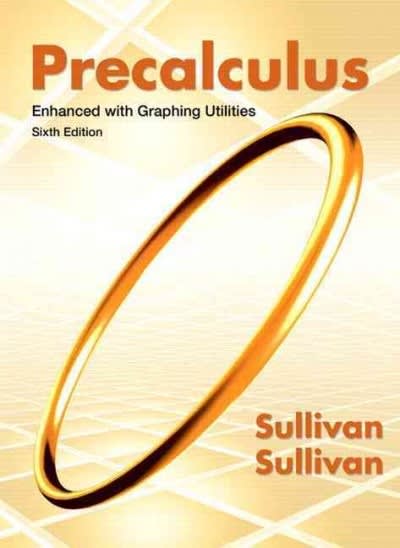Question
A researcher conducts two experiments to test two different, but related, hypotheses. One comes out at p = .04, the other at p = .07.
A researcher conducts two experiments to test two different, but related, hypotheses. One comes out at p = .04, the other at p = .07. How should the researcher interpret this situation?
a. The researcher should probably run the second experiment again, until both p values are under .05.
b. The researcher should recognize that a null hypothesis is false if and only if the p value is less than .05.
c. The traditional .05 criterion is an arbitrary cutoff, so the researcher should be wary of concluding that one null hypothesis is false and the other one is true.
Step by Step Solution
There are 3 Steps involved in it
Step: 1

Get Instant Access to Expert-Tailored Solutions
See step-by-step solutions with expert insights and AI powered tools for academic success
Step: 2

Step: 3

Ace Your Homework with AI
Get the answers you need in no time with our AI-driven, step-by-step assistance
Get Started


